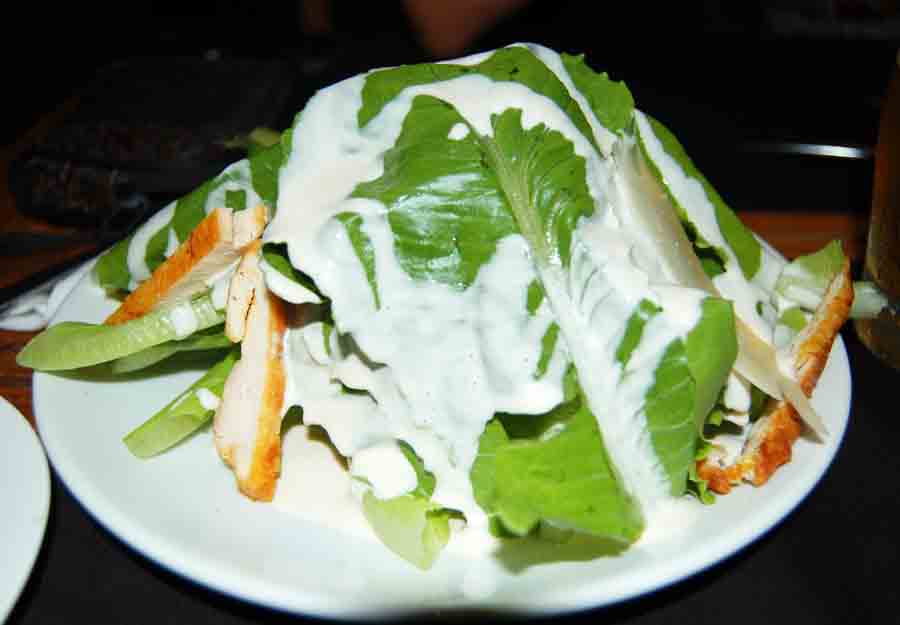He goes by the name ‘Chifumi’ and, although you might not know him in person, there’s a better-than-average chance you’re at least aware of his art. His murals can be found bringing colour and form to otherwise dreary corners of Phnom Penh and wider Cambodia. One is across the street from Top Banana; another down by Monivong Bridge and the Malaysian Embassy; another on an abandoned building in Kratie; some in Siem Reap, others in Pursat. And they all have one thing in common: the hands.
The artist’s obsession with all things manual extends beyond the mural, even incorporated into his name, which is French for the game known elsewhere as ‘rock, paper, scissors’: ingenious for someone who paints on rock, prints on paper, and does it all with the precision of a pair of pinking shears.
Born in Kiev and raised in the Upper Rhine Valley, this graduate in painting and art history didn’t always enjoy life at arts school. “Sometimes yes, sometimes no. You know the art part was really nice and the people were really nice, but the school part sometimes was not so nice.” He debuted his alter-ego in 2010 with his first piece, Tombula, which was interactive. The artist pasted up 80 screen prints in the three French cities of Strasbourg, Mulhouse and Colmar. Each had a ‘lotto ticket’, with winners gifted a screen print. The installation was so successful that he followed it with two more, each encouraging the audience to experiment with ‘psychogeography’. The discipline places the emphasis on playfulness and ‘drifting around’ urban environments, interacting with cities in a new way, reminiscent of Guy Debord and his Situation International in 1960s Paris.
Chifumi first found himself in Cambodia two years ago, after a trip to Vietnam. This self-confessed cyclist, artist and traveller has taken all three pursuits across the 14 countries on which he’s left his artistic mark, but Cambodia, he says, is different. “You have to ask and receive permission before painting can begin,” says the 27-year-old.“The municipality is completely against it, and I don’t use cans, I use brushes, so it takes a lot longer. There’s no way I could quickly do a piece.”
Chifumi’s latest piece is to be found by the Malaysian Embassy, near Monivong Bridge. His canvas: a wall in front of a house. “The homeowner had a garden in front of the wall, which was a huge point of discussion. After many meetings the home owner told us ‘yes’ the wall could be used at a price of $5 to cover the cost of the garden.” And with that it took two days to transform drab bricks into art, bearing his signature hands.
But Chifumi doesn’t sign his work. Instead, these elegantly Apsara-esque, ubiquitous hands serve as the artist’s autograph. Hands, he explains, “link back to the origin of man. The first paintings by humans were all done using hands and fingers. They used these paintings to communicate and that is what I try to do as well.”
And what of the message he’s trying to communicate? Purely apolitical, he insists. “I don’t feel that I have a right to voice my opinions; they don’t matter. I am not here to get involved in politics. I am here to better understand the world around me. My art allows me to meet people and start discussions. If those discussions or topics turn political then that’s what happens, but my art is about activism.”
And herein lies the reason Chifumi was drawn to street art in the first place, driven by a passion for the street, its culture and its people. The artist may sell the paintings he completes on paper, but his street art is free-of-charge, for everyone to enjoy. When Chifumi first sets about tackling a new space in the public domain, onlookers react shyly, almost nervous about what he is doing for fear of how others might respond. As the piece progresses, those same people will stop to talk with him, drinking in his creation.
His goal in Cambodia is to inspire Cambodian street artists, but not so much that they or their streets become “drowned in Western style”. “In the past seven years, Cambodian street art has grown. I hope that my work will foster more growth for Cambodian street artists to find their own style that’s representative of their culture, their people and their stories.”
Two days after Chifumi finished painting an abandoned house in the middle of an empty lot, in front of the Mekong and next to KTV, I too found myself in Kratie. The only other thing that existed on the plot was a pieced-together shack a family and its dogs had taken up residence in, right behind the abandoned building-cum-canvas. I asked the artist if he knew them. “What family? There was a family there when you went? That family wasn’t there when we were there and you came only two days after us. Such is Cambodia: so quick!”
Chifumi works in stencils, painting and, his favourite, etching. In April, he begins the next chapter in his career, which he says involves Europe, Asia, paint and his bicycle.

